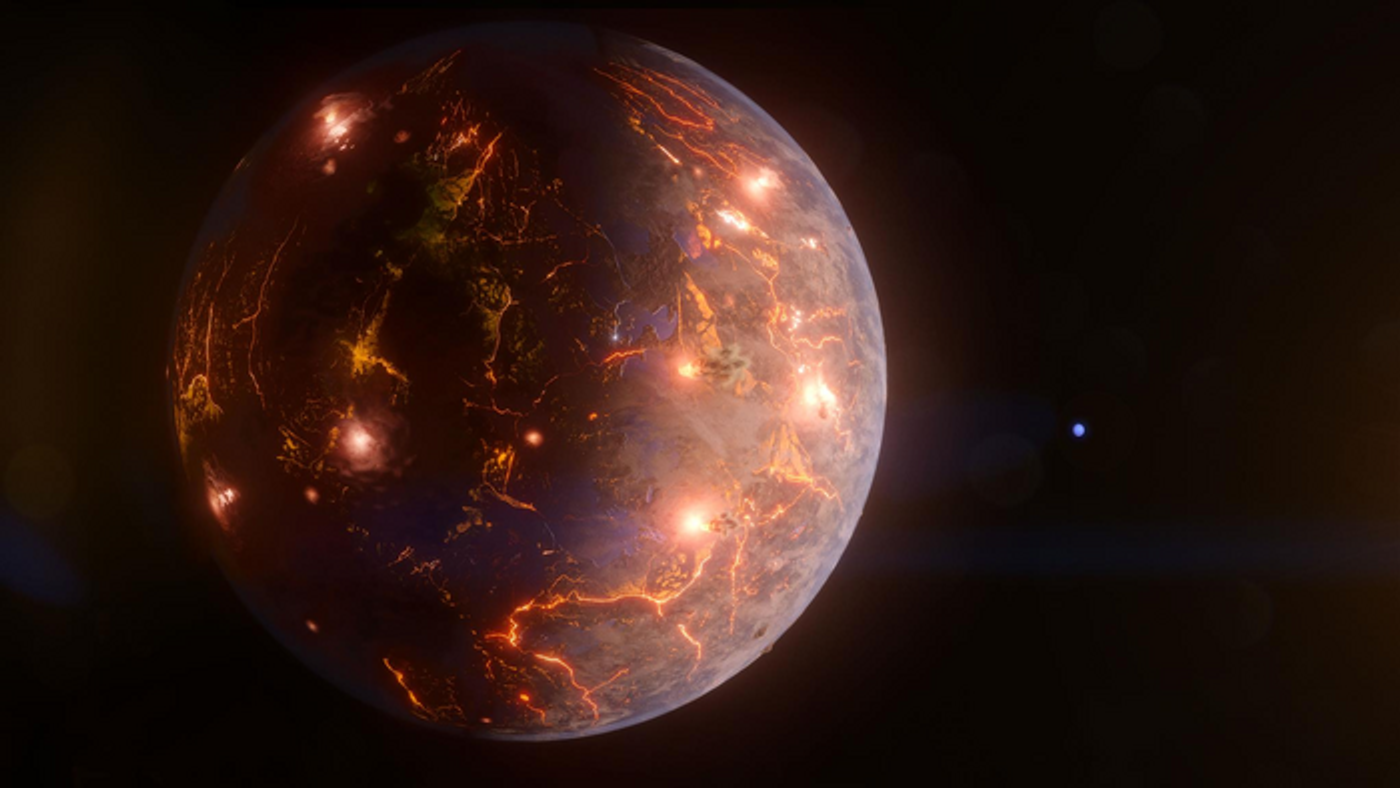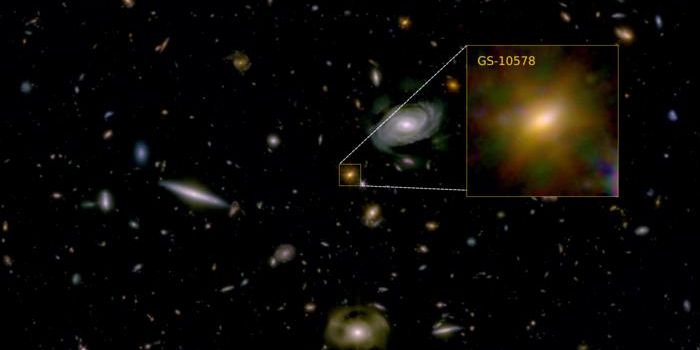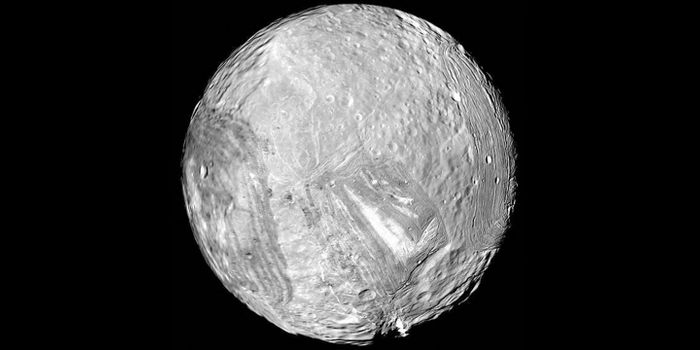Volcano-Riddled Exoplanet Discovered 86 Light-Years Away
A recent study published in Nature examines the discovery of an Earth-sized exoplanet, LP 791-18 d, located 86 light-years away that is likely riddled with active volcanoes. This discovery was led by the Université de Montréal (UdeM) and is significant since LP 791-18 d potentially mirrors Jupiter’s moon, Io, which is the most volcanically active planetary body in our solar system.
Artist illustration of LP 791-18 d, located 86 light-years from Earth. (Credit: NASA’s Goddard Space Flight Center/Chris Smith (KRBwyle))
“The discovery of this exoplanet is an extraordinary find,“ said Dr. Björn Benneke, who is a professor at UdeM’s Department of Physics, and a co-author on the study. “The similarity in the properties of LP 791-18 d and Earth as well as the prospect of detectable geological activity and volcanism on it make it a key object to better understand how terrestrial worlds form and evolve.”
Lead author and UdeM graduate student, Merrin Peterson, who is also in Dr. Benneke’s research group, made the remarkable discovery using data from NASA’s Spitzer Space Telescope, NASA’s Transiting Exoplanet Survey Satellite (TESS), and a cache of ground-based observatories from around the world.
The research team hypothesizes that the potential volcanic activity is due to tidal heating, which occurs when a planetary body exhibits an elliptical (non-circular) orbit around a much larger object which causes the smaller object to become deformed throughout its orbit. This is because the distance of the smaller and larger body changes throughout the orbit, which makes the smaller body experience varying degrees of gravitational pulls from the larger object. As the smaller body deforms over time, friction builds in its interior which leads to heat. One such example is Jupiter’s first Galilean moon, Io, which possesses hundreds of active volcanoes while orbiting Jupiter is an elliptical fashion.
"The significant friction generated by tidal heating in the planet is responsible for heating its interior to a considerable extent, ultimately enabling the existence of a subsurface magma ocean," said Caroline Piaulet, who is a UdeM PhD student, and a co-author on the study. "In our Solar System, we know that Jupiter's moon Io is affected by Jupiter and its other moons in a similar way, and that world is the most volcanic we know."
Astronomers have previously identified two other planets in the system, LP 791-18 b and c, which orbit their parent star in less than one day and 5 days and exhibit masses of 20 percent larger than Earth and 2.5 times larger, respectively.
LP 791-18 d, also known as Planet d, is approximately 90 percent of Earth’s mass and has an estimated orbital period of 2.8 days around its Jupiter-sized red dwarf star. While Planet d’s proximity would indicate its surface temperature would be scorching, the data has Planet d orbiting within the inner edge of the star’s habitable zone, resulting in Planet d’s temperatures being barely higher than Earth’s. If the research team’s suspicions about Planet d’s geologic activity is true, this could also indicate that liquid water could exist on the night side from decreased temperatures.
"This system provides astronomers with a precious laboratory for testing various hypotheses related to the formation and evolution of terrestrial planets,'' said Benneke. "The newly found planet d, an Earth-size world likely covered in volcanoes in a multiplanetary system, provides unprecedented opportunities to advance not only astronomy but many other fields of science, notably geology, planetary sciences, atmospheric sciences, and possibly astrobiology."
Going forward, the small size of the parent star could allow NASA’s James Webb Space Telescope to observe Planet d and help identify characteristics about its atmosphere.
What new discoveries will astronomers make about geologically active exoplanets in the coming years and decades? Only time will tell, and this is why we science!
Sources: Nature, NASA, Université de Montréal, Wikipedia, Labroots, NASA, NASA (1), NASA (2), NASA (3)
As always, keep doing science & keep looking up!









